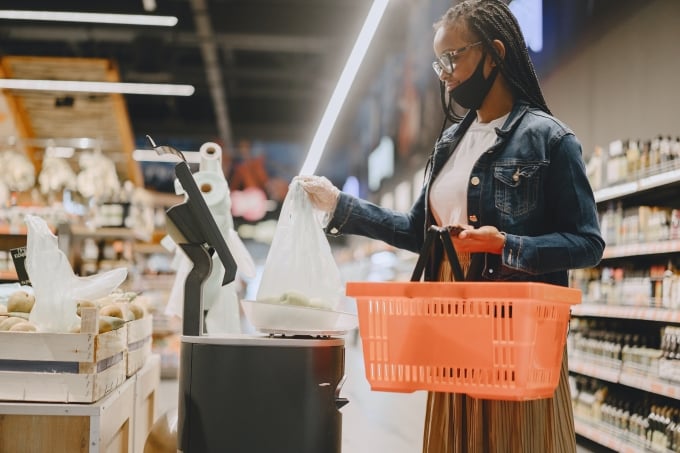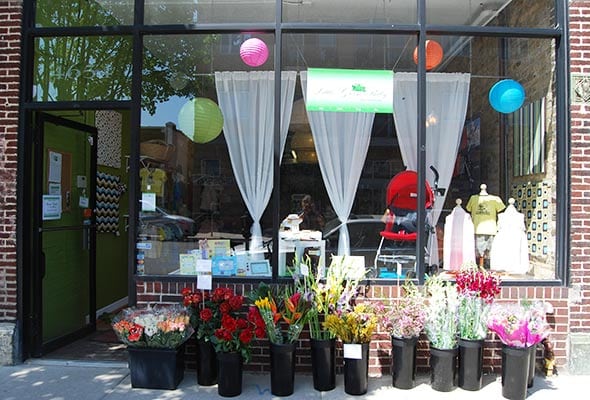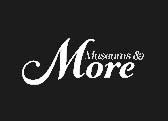Understanding Closeouts & Liquidation Merchandise
First thing is first – let’s discuss just exactly what closeout merchandise is and liquidation sales.
Closeouts are available in many product categories, including clothing, home decor, footwear, accessories, toys and more. They are essentially divided into two categories – salvage items and job-outs. The first category we look at is salvage product. Salvage merchandise consists of customer returns, floor damages and samples. Due to this mixed assortment, some items may be damaged – however damageable does not always mean unsellable. This will depend on the product and the damage. That said – the majority will not be damaged.
The second category of closeout merchandise is job-outs. This category identifies items that were already on a retail floor somewhere and did not sell. As a result, their cost has been reduced for a quick sell to another retailer and ultimately, to a new consumer audience. Like salvaged products, there is a chance for damaged goods. But the percentage is much less – often less than 5%, though as high as 10% has been reported from retailers we’ve spoke with.
One thing to understand among most closeout purchases is that you typically buy in bulk. For example, you may buy 100 total units versus four 6-packs of a specific item. The bulk buy you make is almost always assorted with a variety of items. For example, you could buy a 100 assorted buy of t-shirts from at least ten different total vendors. Or you could buy 100 total units of mixed accessories such as headbands, barrettes, bracelets, rings and more. A closeout dealer will be able to identify a lot of what each bulk, assorted buy has to offer – but there will always be a bit of a surprise when buying closeouts. For many, that is part of the fun! For others, this may be where they get stuck in the buying process. Luckily, there are great resources for this that alleviate a lot of the questions about buying closeouts. One site to look at is Merchandize Liquidators, who do a good job at delivering quality closeout products.
Many indie and small retailers shy away from closeouts simply due to their lack of understanding or even the “bad rap” that closeouts sometimes have. Our advice? Consider what is best for you. Closeout liquidators exist because it has proven to be successful for many retailers to buy from. Among these include a lot of small, independent retailers that blend closeout buys into their total store inventory – without customers or even staff knowing any different. It’s very possible you shop a boutique that sells closeouts and you don’t know any different, as well.
Have we made you think twice about your buys or where you shop? Let us know!














Wholesale Liquidation
Hi Nicole,
I’ve made a comfortable living buying and reselling closeouts & liquidation merchandise. When big box retailers liquidate shelf pulls, customer returns, and excess stock, small retailers finally have the opportunity to stock aisles with name brand merchandise.
Keep up the good work Nicole!
Robert Cyr
Janell
Hello I am an american living in Spain and want to start buying closeout merchandise and start a business here as they really do not exist like they do in the US. Do you have any advice as how I start? Do I simply approach stores and tell them I am buying? Any advice at all would help!
Merchandise Disposal
Hi Nicole, great information — clarifies the other side of process involved when customers work with us to remove the final remaining items as a result of a closeout. Now I understand that they are typically NOT using us for job-outs..
Thanks
Kate Mikelsons
Great information. As a manufacturer, it’s helpful to have access to some of these businesses as alternatives to flash sale sites which could damage the brand.
brýle
the good stuff about this is that even if you buy a larg stock you only need small amount of it to get your monay back the rest is your cash in the pocket and fast.
Siva Sankar
1) How to Measure the Sales Performance on Yearly, Quarterly, Monthly and Weekly Basis in different Hierarhies ( Org, Store and Product Category and Product Level)especially in Retail Super/Hyper Markets?
Siva Sankar
1) Relation ship between the Vendor/Supplier/Distributor and Retailer?
Can the Retail Prices for the products sold by the retailer, are shown to the respective vendors?
Measures to be taken while selling vendor products in the Retail Stores with respect to the Pricing?
Kris
Merchandise USA, Inc. is national B2B wholesale merchandise closeout company that has been in business for over 25 years. Our home office located in Chicago, IL has 100,000 square feet of warehouse space and can accommodate any size purchase. Merchandise USA specializes in buying closeout, excess, overstock, liquidation and discontinued inventory. We are buyers of toys, housewares, gifts, home decor, novelties, school supplies, juvenile products, party goods, furniture, and all other wholesale closeouts.
Aledith
Hello,
I own a retail shop and this is my first year in business (6month to be exactly) now i know what stuff work and what dosen’t work at my shop. Should I make closeout sales at the shop, or what is the fastest, best way to liquidate the merchandise to get inventory money and space? Please some advice would be awesome. Thanks
Nicole Reyhle
That’s a loaded question! Without knowing your customer audience, store inventory, buying calendar, etc. I would suggest to consider buying closeouts so you can have a greater markup, as well as have a strong in-store markdown calendar in place to move product that isn’t selling on your floor. This will certainly help open up your dollars to buy new product that is more likely to sell. Hope this helps!
Rizal Rasyid
Hi,
We have a problem to identify the genuine closeouts and liquidator company to deal.
Appreciate if anyone can advise us the genuine company in US to avoid us from SCAM or FRAUD.
Thank you
Rizal Rasyid
Kuala Lumpur, Malaysia
Nicole Reyhle
Liquidation.com
Matt
What are the most common used strategies in negotiating inventory from a bankrupt company run by a receiver? Is price the only thing they look at?
drain unblocking reading
It’s ɑn amazing article designed for all the web vieᴡers; they will get benefit
from it I aam sure.
My webpage … drain unblocking reading